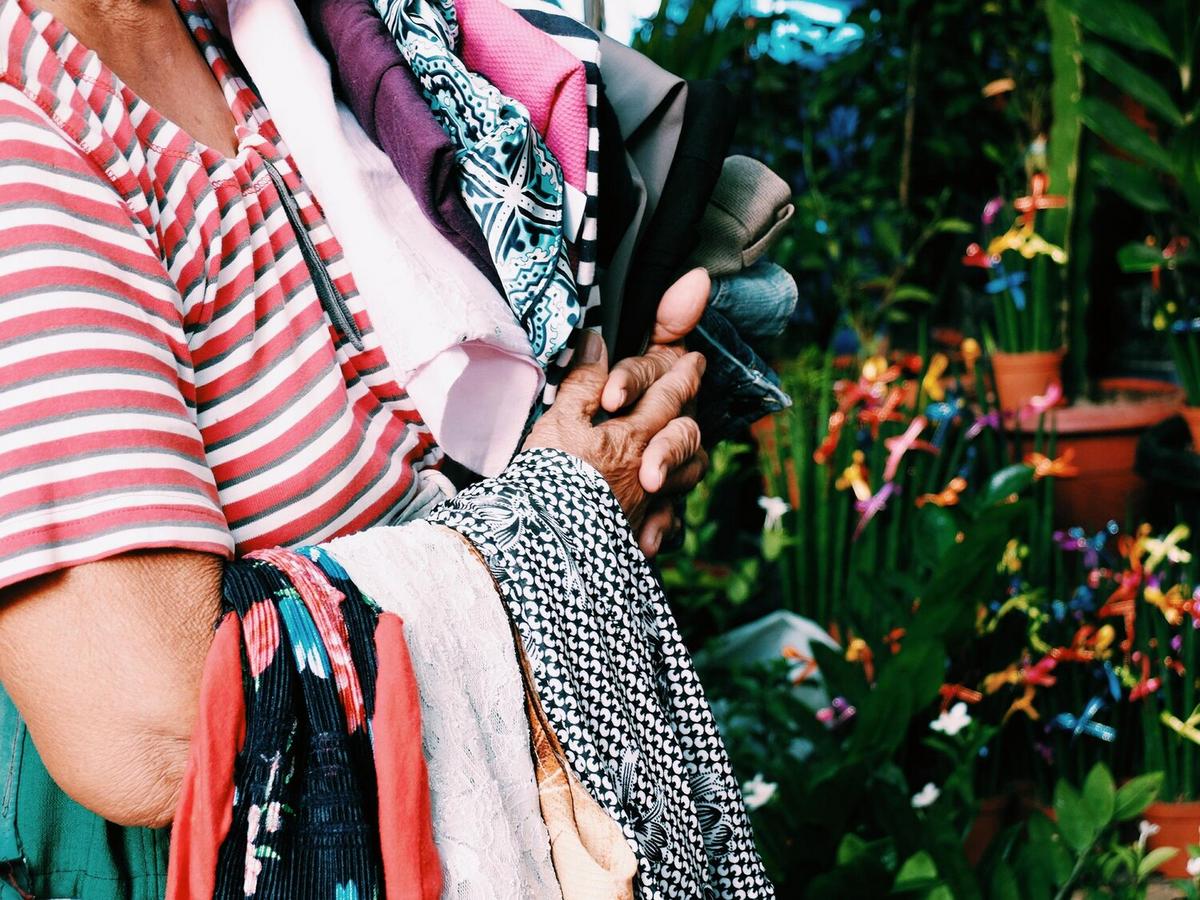
The Zero-Waste Wardrobe: Tips and Tricks
Sustainable fashion is gaining traction, and one of the most impactful ways to contribute is by embracing a zero-waste wardrobe. This approach not only helps reduce environmental impact but also encourages creativity and resourcefulness in personal style.
Understanding the Zero-Waste Wardrobe
The zero-waste wardrobe concept revolves around minimizing waste at every stage of clothing use—from purchase to disposal. According to the Environmental Protection Agency, textiles accounted for 11.3 million tons of waste in 2018, making it crucial to rethink our fashion habits.
Why Go Zero-Waste?
Fashion designer and sustainability advocate, Stella McCartney, once noted, “The future of fashion is circular—it has to be.”
Embracing a zero-waste wardrobe aligns with this vision, promoting a cycle where clothing is reused, recycled, or repurposed to extend its lifecycle.
Tips for Building a Zero-Waste Wardrobe
- Buy Second-hand: Thrift stores and online platforms offer unique pieces that add character to your wardrobe while reducing demand for new production.
- Quality Over Quantity: Invest in durable, timeless pieces that stand the test of time.
- DIY Fashion: Transform old garments with simple DIY techniques. For instance, turn a worn-out t-shirt into a tote bag or a pair of jeans into shorts.
- Swap with Friends: Organize clothing swaps to refresh your wardrobe without purchasing new items.
Personal Experience: A Journey to Zero-Waste
Adopting a zero-waste lifestyle has been a rewarding experience for many. One enthusiast shared how switching to second-hand shopping not only saved money but also made fashion more enjoyable by discovering unique pieces.
Resources and Further Reading
For those interested in diving deeper into sustainable fashion, consider exploring resources like Fashion Revolution or Sustainable Fashion Matterz.
| Action | Impact |
|---|---|
| Buy Second-hand | Reduces demand for new production |
| DIY Fashion | Repurposes old garments |
| Clothing Swaps | Refreshes wardrobe |
| Invest in Quality | Extends clothing lifecycle |
| Choose Sustainable Materials | Supports eco-friendly practices |
| Repair Clothing | Prevents waste |
| Donate Unwanted Items | Helps others and reduces landfill |
| Recycle Textiles | Turns waste into new resources |
FAQ
How can I start building a zero-waste wardrobe?
Begin by assessing your current wardrobe, identifying pieces to keep, and those to donate or repurpose. Focus on buying second-hand and investing in quality items.
What materials should I look for in sustainable fashion?
Opt for organic cotton, linen, and recycled fabrics, which are more environmentally friendly.
Conclusion
Transitioning to a zero-waste wardrobe is a meaningful step towards sustainable living. By making conscious choices, we can reduce our environmental impact and enjoy a more thoughtful approach to fashion. Start small, be creative, and join the movement towards a more sustainable future.


